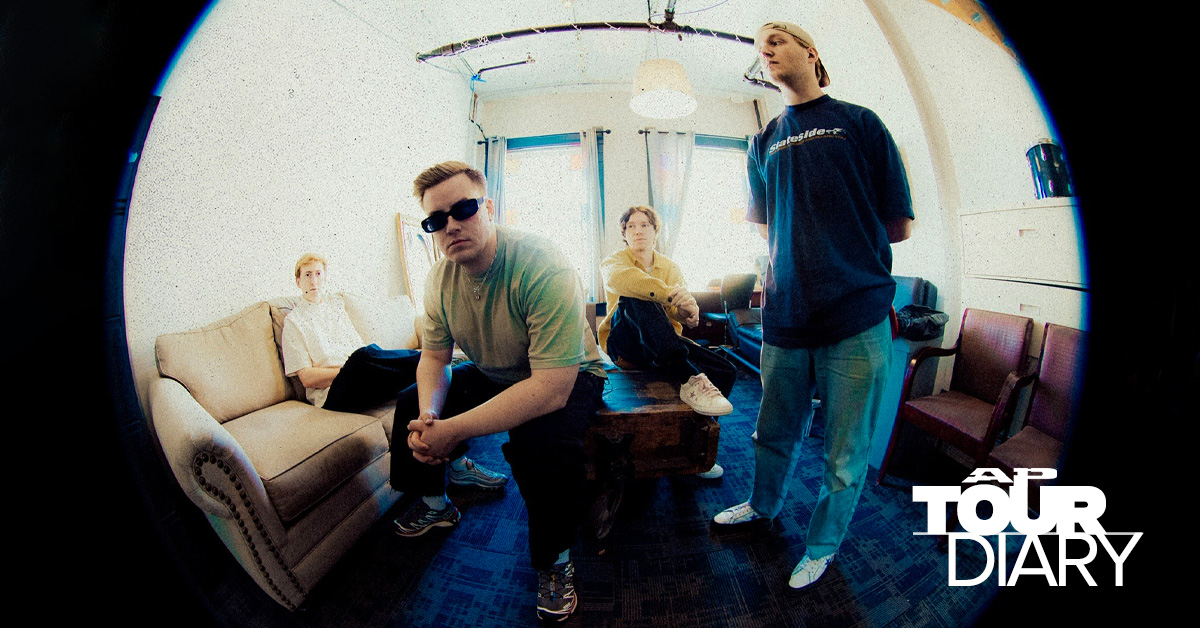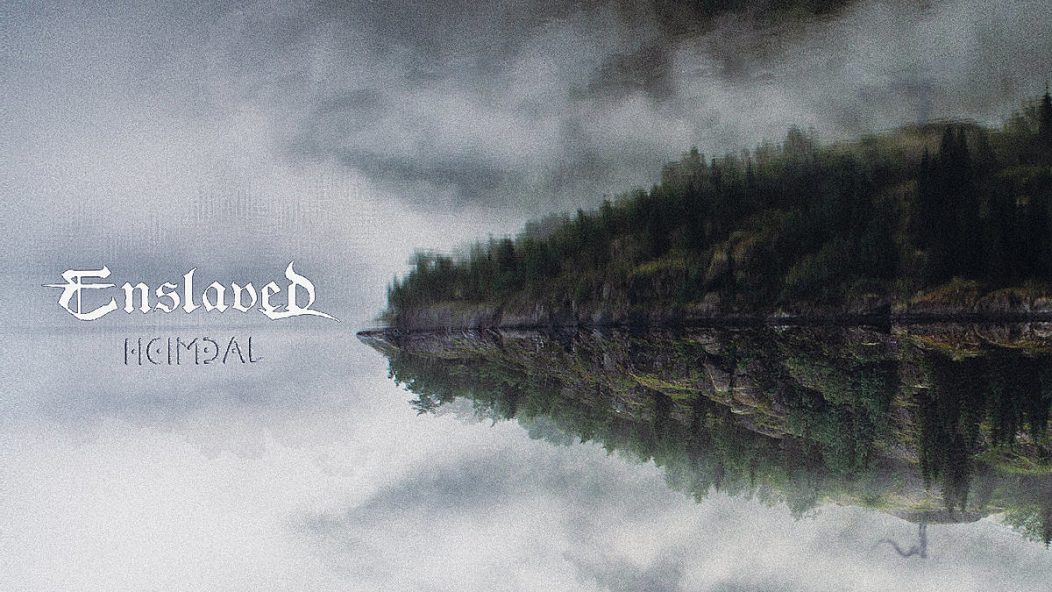
Herald of the End, Son of Odin: Enslaved Honors "Heimdal" On New Album (Interview)
Just like the clouds that appear on Enslaved’s 16th full-length release, Heimdal, the band has morphed into many shapes since its 1991 formation. Germinating at the genesis of the second wave of Norwegian black metal, Enslaved managed to be a part of, yet separate, from the Satanic image of their counterparts in the scene at the time. Enslaved adopted a Norse mythology aesthetic and decided to call the band’s sound Viking metal.
By gradually adopting progressive elements, clean vocals and melodic keyboards, the band has achieved a broad musical palette over the years. However, the one constant of the band that hasn’t changed is bassist/vocalist Grutle Kjellson and guitarist Ivar Bjørnson, who have been childhood companions since they were 17 and 13 years old, respectively. Joined by guitarist Arve “Ice Dale” Isdal, keyboardist/clean vocalist Håkon Vinje and drummer Iver Sandøy, Enslaved have created yet another masterpiece in their dynamic catalog. Bjørnson spoke to us during a recent Zoom chat about the band’s early formation, their Norse mythology, the new album, and more.
…
…
Norse mythology and Viking heritage has always been a lyrical and conceptual platform for Enslaved. From the very beginning, you’ve had a different dynamic and aesthetic from bands such as Emperor, Immortal, Burzum, and Mayhem. How were you first introduced to Norse mythology?
It was from home. We wanted Enslaved to be a conceptual band like our colleagues or friends in bands you mentioned at the same time, but we didn’t feel that we had a drawing towards the same kind of satanic or occult ideology that these guys have. And we felt the need to be honest upfront about what we were singing about, we needed to be 100% behind that. So, we discussed what are we? What are we interested in? What fascinated us and could fit with this. We both had the same experience of coming from homes with parents who had a lot of books from different cultures around the world, but luckily also included the local variations of Norse and Viking history. And this was something that we both experienced and were greatly interested in. So it was pretty much a no brainer.
You initially signed to Euronymous’ record label, Deathlike Silence Productions, and you were frequent visitors of his record shop, Helvete. You were 13 and Grutle was 17 at the time. What was it like from early on in the scene? What are some of your most fondest memories of that time period?
It was fantastic. Contrary to what one might believe, it was just really a musical journey that was really intense. Grutle introduced me to the underground; he had already been pen pals with a bunch of people around the world, and these guys in Norway. Again, coming back to not having that sort of ideology and not being into that (occult stuff)… that was something that we ever discussed with them. It was all about the music. One of the first surprises and the thing that really stuck with me for all the years after is, coming in there Euronymous was a big musical hero for me. He was a guitar idol, and still is, and asking him for recommendations, what should I listen to in death and black metal. He said, “That stuff you already got covered.” Then he gave me a bunch of prog rock albums and ’70s electronic German music and stuff like that, which I kind of didn’t see coming. But I was really eager to check it out. And that really just hit home immediately. And I followed it ever since. I guess that’s what I’m still doing today and mixing the metal roots, but together with all these wonderful things from other genres. It was really an open minded perspective on music that he represented. I have an understanding that the shock will always be what interests people, but there were a lot of really interesting undercurrents in musical exploration and theorizing everything. There were new things being released from these bands and everything they released represented something really new. It was an exploration and no one had concerns for anything else. There were no business worries… is this going to sell? It didn’t matter, we managed for ourselves with the people that we wanted to be around and it was really a collective effort in the scene.
You seemed like you were a mature kid and more developed as far as musical interests went. Were you just soaking things up like a sponge and seeking advice from the older kids in the scene?
Exactly, that’s how I was; I was really interested in it and I was lucky to have Euronymous as sort of an older brother who introduced me to all this stuff. Without that sort of older guidance and him being a little bit more grounded, I could’ve easily become too impressed with some of the smoke and mirror aspects of the image more than the music. But he kept feeding me these great LPs and everything from Autopsy all the way up to Celtic Frost and Bathory and all that stuff. So I had these older guys and I really wanted to learn and to hear more at the time. It was fun to recommend something to a young person that would actually really go into it and let himself be consumed by all this electrifying, fantastic music.
How did you approach the material on Heimdal? Did you do the same writing process as previous albums or was there something specifically you wanted to focus more on with this album?
We actually managed to do a little bit of a new approach. I feel extremely lucky and privileged to be able to do that on album number 16. By the time that you would normally imagine someone just going through the motions and coughing up whatever recipe they have and then try to dress it up nicely as something new. But this time around me and Grutle were heavily to the concept first before a single note was written. We haven’t worked like that before, there’s always been sort of a back and forth between music concepts and things sort of influence each other and wrap itself up. But this time we knew what the album would be about. There were visions and feelings of the atmosphere that was represented. Writing the album was sort of influenced by the backdrop of the story that was around at the time. I think it was definitely the most intense writing period. It was really a collective, very intense and focused time. And at the time when it was done it was almost like we were climbing out of this dark cave or something and just squinting at the sunlight again and remembering that there was a world outside. We were really deep into this one and we feel that it paid off. We managed to translate a lot of that strong spirit within the band into the album. It left us a feeling that reminds me of the last days when we recorded the first albums in 1994-95. That bubble… letting ourselves be engulfed by it and then just creating within it without too much concern about what’s going on outside. And now it’s just wonderful having it out and seeing that people are getting that vibe across.
Heimdal is a character of mythology who is a god and the son of Odin. His first appearance was in a song called “Heimdallr” on your 1992 demo tape Yggdrasill, and he’s had a significant role in your lyrical universe over the years. This time you decided to dedicate an entire body of work to him. Although Heimdal is not considered a concept album, does this theme or concept run through every track?
There is a story from beginning to end, but it’s also encompassing some of the myths around Heimdal. There’s this mystery and mythology about his relationship to Odin, this relationship and mystery around who’s his mother, is he the father in the family? Some people have translated those and predicted the new God to take over after Odin. It’s bouncing a little bit back and forth all over the place, sometimes it’s seen from the perspective of Odin, since they’re so tightly connected. Sometimes, like the title song, it’s a personal interpretation from our perspective of what this deity represents. So much of it continues. It’s just a riddle that keeps on growing, and I’m going to keep following it. I think some of the strength in developing all these weird little worlds that we do on the albums is to have that sort of individual perspective and sharing. It’s like music in a sense. There’s no right or wrong in a sense, there’s just wondering and sharing of these mythologies.
I’ve noticed that there’s a lot of spacey samples, vocal spoken words, and echoey atmospherics that adds to the progginess of the album. The listener is mesmerized or in a trance while listening. If that’s the effect you wanted, then you were successful!
Oh, absolutely. That’s sort of for me, but I guess also for more people, when they listen to proggy or spacey stuff, that sort of resembles that state of mind you get into when you have these out of the ordinary, away from the kitchen sink moments. When you utilize those wondrous, weird mechanics of the brain or whatever you want to call it—the soul, or the ghost in the machine—when you have reflections on the awareness/wonderfulness of existence; the limitless pondering, traveling with your mind. We all have it, but we choose to live differently than the diehard scientists or religious freaks. But there is a constant need to explore those spaces, to go somewhere other than just everyday functioning. It has an important function. It has to be balanced of course, you can’t go spacey or end up in a vegetable garden as being one of the main characters. But there is something to be said about thoughts that go outside and beyond and within.
Ellif Gundersen is credited with playing the horn, is it to enhance some of the lower keys to give more emphasis to the riffs? Can you give an example of a few instances you used it and how did you come to use this technique?
It was just one thing that was obvious that we needed to have; the horn. Because its significance is tied into Heimdal; he is the horn blower. He’s the herald of both new beginnings but also the end when danger approaches; a new dawn and so on. The horn that Ellif plays is the bronze horn, which are replicas that are found 3,000 years before zero. They were dramatic effects that these could convey that were something that we wanted to include on the album. Because we have a modern metal sound but we just felt really good to have that grounded of the earliest instruments, the sense of urgency to bring. But it’s also as you mentioned, the low tonality really adds something. Ellif is really prolific and is probably one of the best players of various horns there is. There was just something when we had the album in place, the concept of the album has to be in the beginning through the intro, we were recording him at a place that is pretty much one to one with what you see on the cover, him being on an edge of a rock underwater. We all went out in boats and had mobile recording devices and recorded him as he was blowing the horn. And it’s also part of the last song “Heimdal.” Toward the end of the song when it changes into that classic thrash riff, you can hear it if you put your speaker way up and let your sub work, you can really feel the vibration of its low notes.
I think “Forest Dweller” is the most diverse track on the album. It shows a lot more of your progressive influences and most notably the classic Hammond organ section that reminds me of Emerson, Lake & Palmer or Deep Purple. What was the inspiration for this composition?
Thanks, man. Yeah, I agree, it’s definitely the most folky and proggy, but it also has a very strong metal midsection. Having Iver as a drummer now on his second album, and just his way of John Bonham-ing the hell out of things, made it just imperative to have that opening with a bit of sampling groove. And I guess the song just went on its own from there on. When it came to the middle part, Håkon was just there immediately and he said, “I want to do a Hammond lead on this one.” He’s such a John Lord fan. His family’s story is that when he was eight years old, he watched a program. His dad was really into ’70s rock, and they were watching a Deep Purple show and little Håkon said, “I want to be Jon Lord!” And he followed up with that, he’s a demon with the organ. So there was no question; this is yours! We’re going to do that song live and people should be prepared to be floored.
I really enjoyed the 12-part documentary series Heimvegen on Norwegian TV. It was a great look into your lives and career done with passion and a sense of humor. What was that experience like?
There’s been talk about documentaries, bios. It had to come from somewhere. Like everything else we do, there has to be some sort of a natural development. They said that they have this great guy in the staff and he was really an Enslaved enthusiast and asked if we could have a talk with him about the possible documentary. We understood from the first second, he had the same perspective on it as we did. There was a lack of need to sort of wordify or say anything spectacular out of anything. He wanted to have a talk with us if we were willing to sit down and go through stuff. So we said, “Sure, that sounds nice.” We spent what we thought were a couple of hours and turned out to be sitting in this bar, we talked for an entire day. And then he popped out for a couple of days and said give me a call if you’re doing anything and I could tag along. So we did for a brief period of time, it was really effortless. He had this talent of just sort of both getting us to talk, but at the same time, sort of being invisible in the sense. He didn’t steer anything or push anything on us in that direction. So we thought there’s going to be a couple of cool scenes probably, and the shock was pretty big when it came back and it was 12 episodes. I watched it, and I loved it. The way that he so easily and so carefree represented stuff exactly how it was, I have to give him big credit for that. It’s just amazing. He did everything, including putting subtitles on so that people can watch it without knowing Norwegian.
You and Grutle have remained constant in the band. Did you ever think when you guys put together Enslaved when Grutle was 17 and you were 13 that you would still be doing this over 30 years later? What motivates you, especially now as you’re getting a little older?
That is correct, we are a little older, but it’s the same as it was. It’s about making our favorite music with our favorite people and having a blast while doing it. That was the motivation from day one, and it still is. And that makes it very easy, actually. It’s the only way you could fail, by failing yourself and trying to represent yourself for something other than what you are. And daring to… even though you might have some quirky ideas. If you want to do it, go for it! That’s the motivation, that’s why we enjoy it. I just came home from rehearsal today, and it’s still my favorite thing to be doing.
Heimdal was released on March 3rd via Nuclear Blast Records. Get it on white vinyl limited to 200.
ENSLAVED + INSOMNIUM
NORTH AMERICAN CO-HEADLINE TOUR 2023
w/ Black Anvil
05 April New York, NY – Irving Plaza
06 April Boston, MA – Big Night Live
07 April Montreal, QC – Corona Theatre
08 April Toronto, ON – The Opera House
10 April Detroit, MI – Saint Andrew’s Hall
11 April Chicago, IL – House Of Blues
12 April Minneapolis, MN – Varsity Theater
14 April Denver, CO – The Gothic Theatre
15 April Salt Lake City, UT – The Complex
17 April Seattle, WA – The Crocodile
18 April Vancouver, BC – The Rickshaw
19 April Portland, OR – Hawthorne Theatre
21 April Berkeley, CA – The UC Theatre Taube Family Music Hall
22 April Los Angeles, CA – The Fonda Theatre
23 April Phoenix, AZ – Nile Theater
25 April Austin, TX – Come And Take It Live
26 April Dallas, TX – The Echo Lounge & Music Hall
28 April Atlanta, GA – Variety Playhouse
29 April Raleigh, NC – Lincoln Theatre
30 April Baltimore, MD – Baltimore Soundstage
ENSLAVED – 2023 FESTIVAL SHOWS
13 May UK, London – Incineration Festival
05 Aug NO, Bergen – Beyond The Gates
10 Aug CZ, Jaroměř – Brutal Assault
12 Aug DE, Thüringen – Party.San
16-19 Aug UK, Bristol – ArcTanGent
06-07 Sep PO, Aleksandrów – Summer Dying Loud
10-11 Nov MX, Monterrey – Mexico Metal Fest
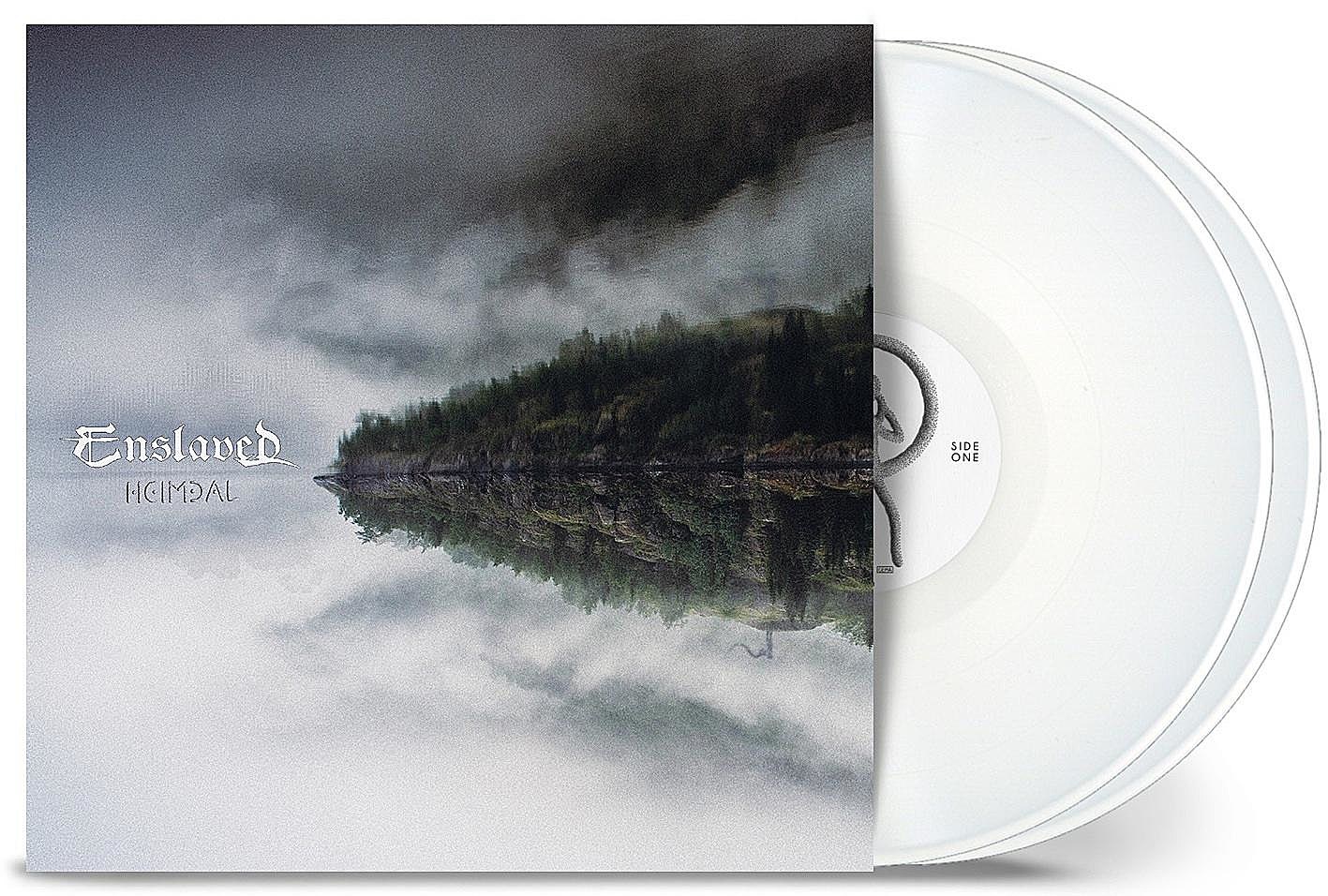




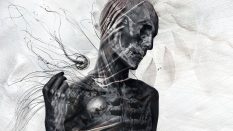

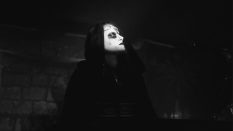
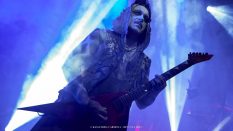
![Bad Omens announce new album CONCRETE JUNGLE [THE OST]](https://www.altpress.com/wp-content/uploads/2024/04/17/BadOmens-CROP_2024_JW_0619_Final_V1.jpg)

